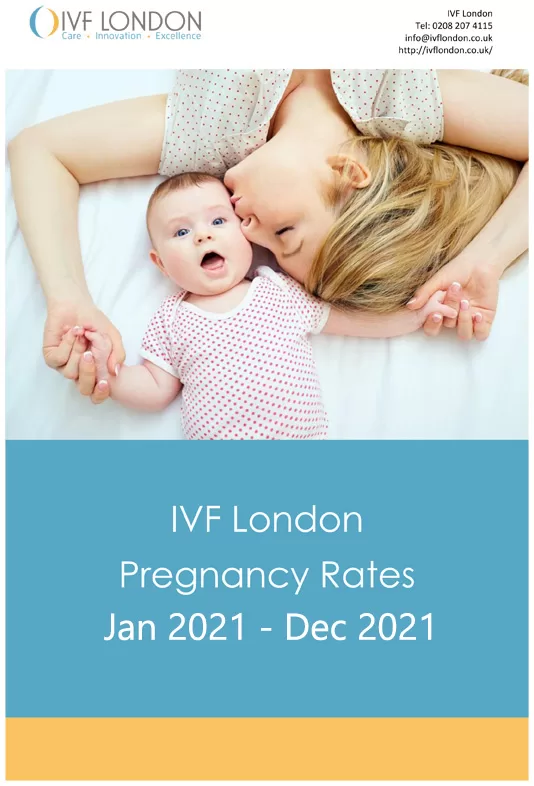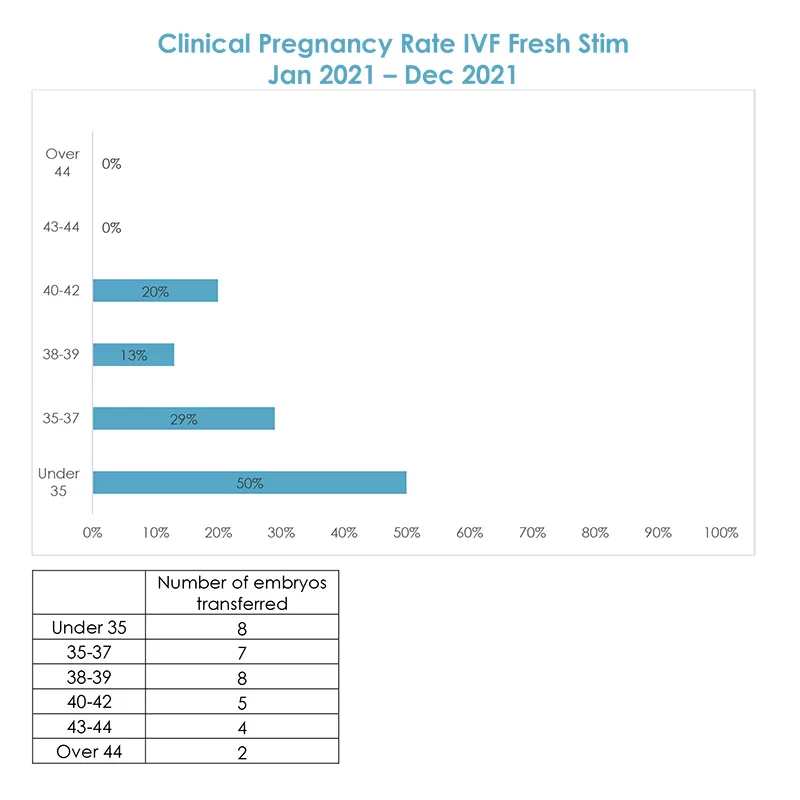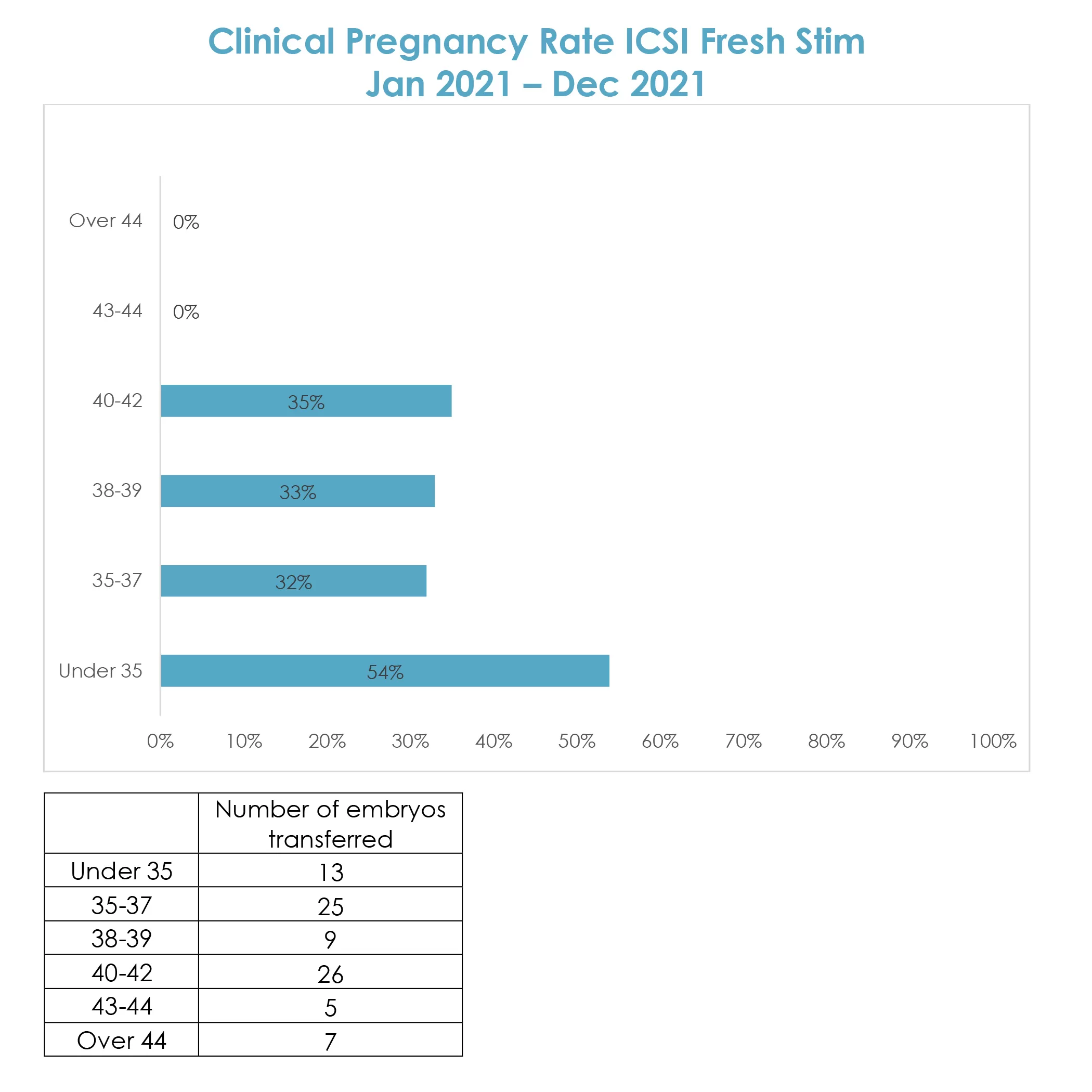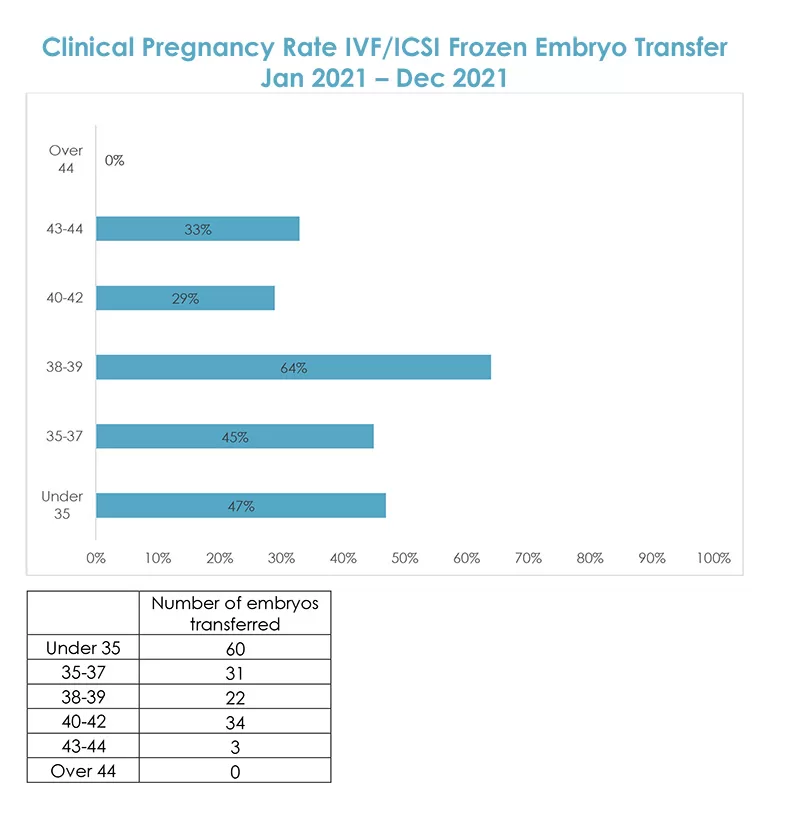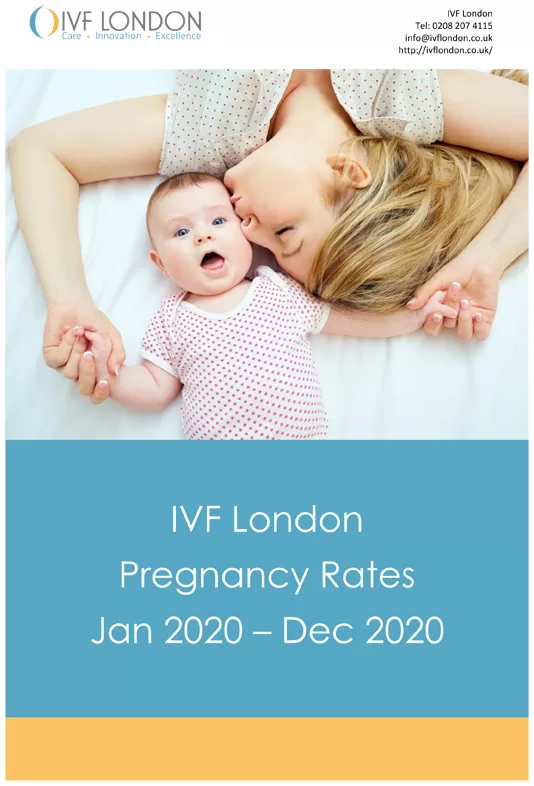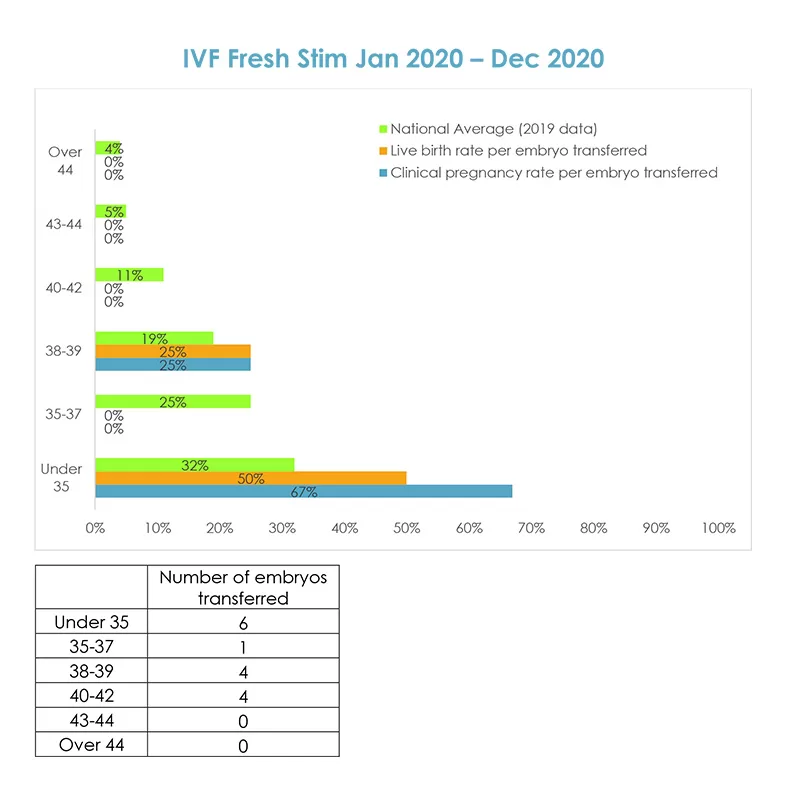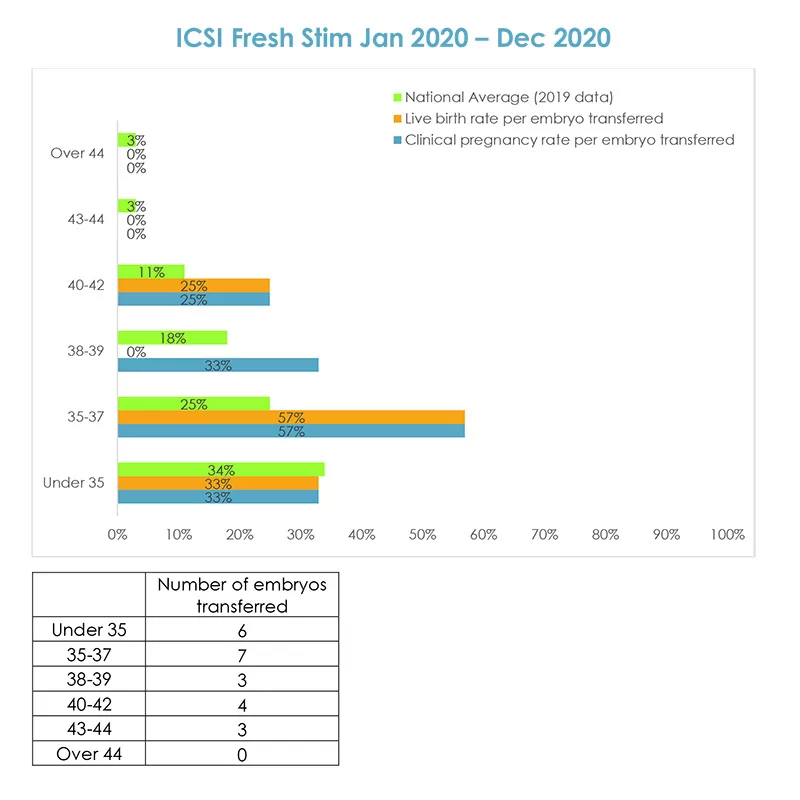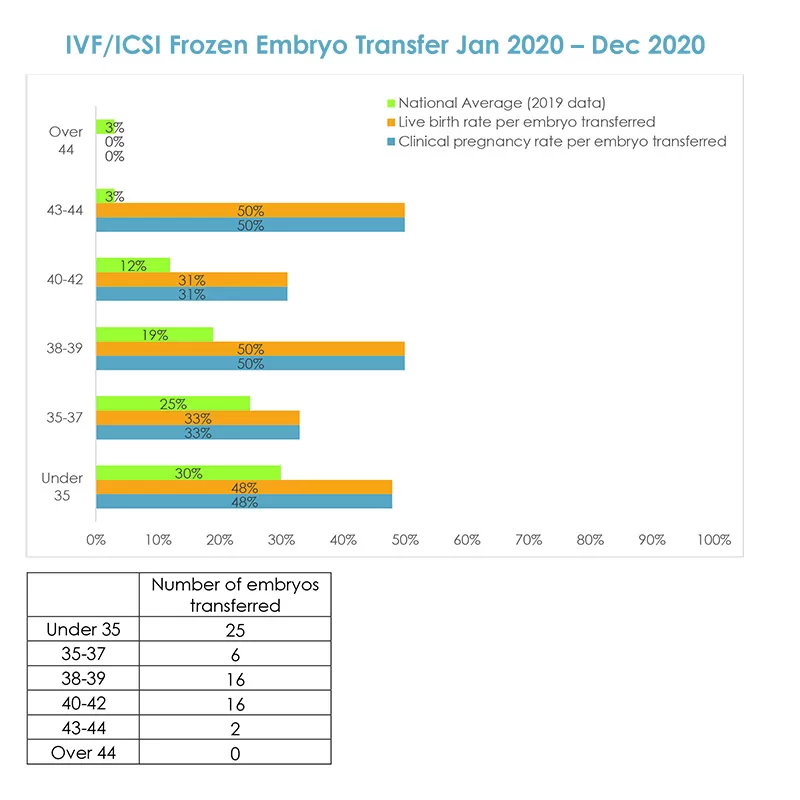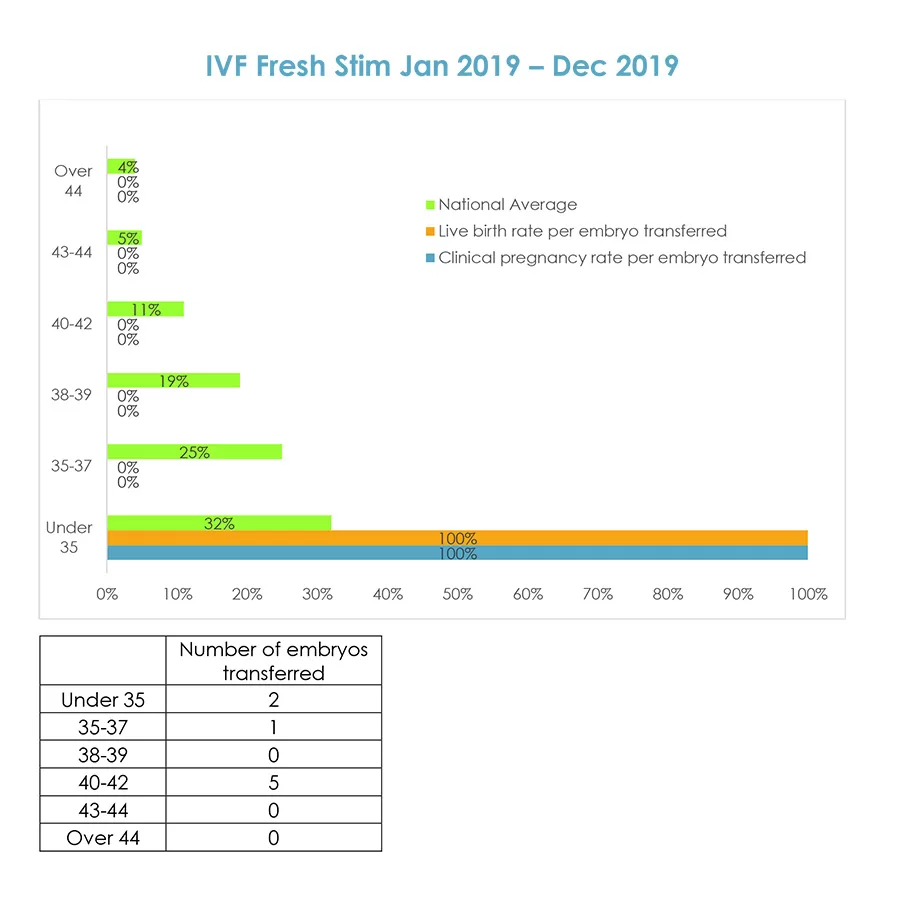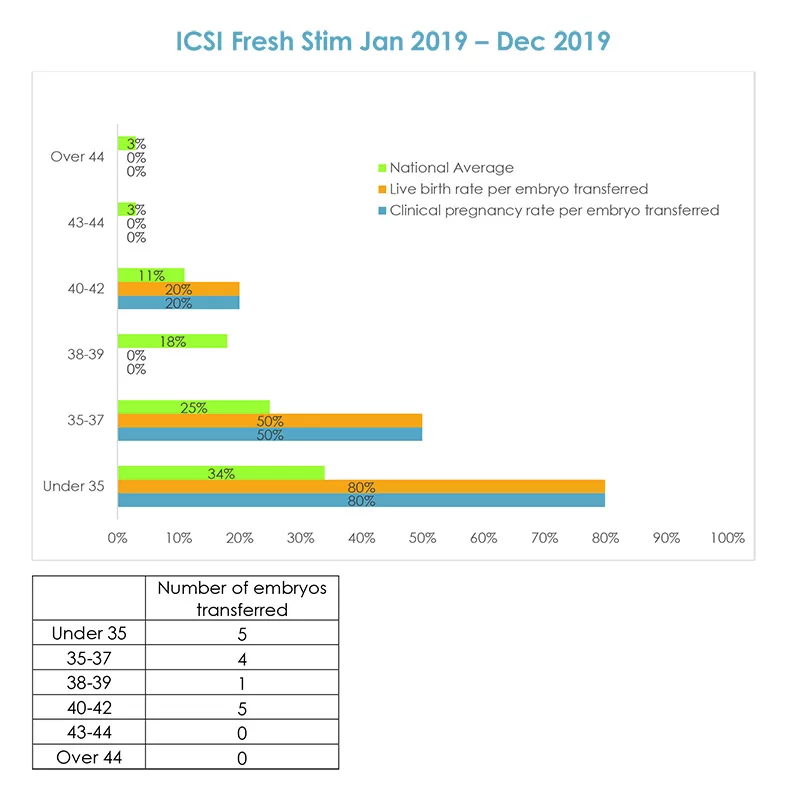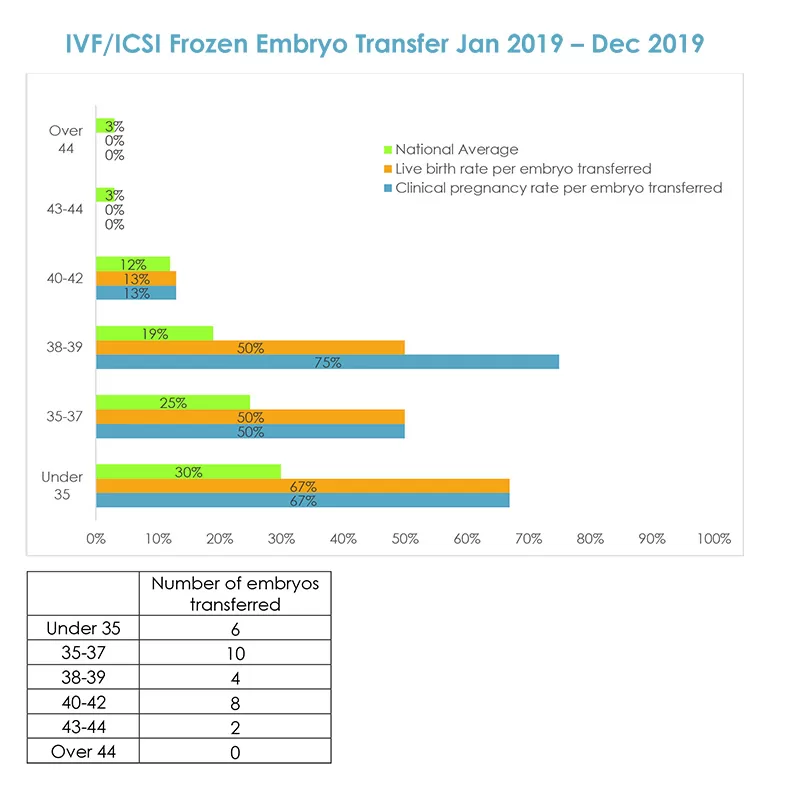Success Rates Explained
The IVF London guide to understanding IVF success rates,
and how these are calculated
| Per Treatment Cycle | Per Egg Collection / Retrieval | Per Embryo Transfer |
|---|---|---|
| This rate refers to the number of pregnancies among all women who start an IVF treatment cycle, even if they don’t proceed to Egg Collection. | This refers to the number of pregnancies among all women who had their eggs retrieved for fertilisation, even if they don’t proceed to Embryo Transfer. | This refers to the number of pregnancies among all women who have had fertilised embryos placed back into their uterus, even if they do not become pregnant. |
| Women commencing IVF stimulation may have their cycle cancelled at this time for the following reasons: • They may not have produced any or enough eggs for collection after receiving stimulation • Or, they may have experienced an adverse reaction to the treatment at which point it would be deemed unsafe for them to continue | Those who commence egg collection may have their cycle cancelled at this time for any of the following reasons: • A woman may have produced too many eggs (hyperstimulation) after taking drugs and it would be deemed unsafe for her to continue the cycle • The fertilised embryos did not develop normally • The fertilised embryos test positive during a genetic test • Or, perhaps no embryos developed | Successful implantation requires a competent blastocyst embryo interacting with a receptive endometrial (uterine) lining to establish a pregnancy, although as in naturally conceived pregnancies, IVF pregnancies may end in miscarriage or loss. |
| If 10 women commenced a treatment cycle but only 9 have continued to egg collection and embryo transfer, and 5 of those patients had a pregnancy, a clinic would show a 50% success rate Per Treatment Cycle. | If 10 women continued their cycle, but only 9 had a successful egg collection and embryo transfer and 5 of those patients had a pregnancy , a clinic would show a 55% success rate Per Egg Collection | If 9 women had an egg collection but only 7 of those reached an embryo transfer and 5 had successful pregnancies, a clinic would show a 71% success rate per Embryo Transfer |
For more information on Success Rates, we recommend you visit www.hfea.gov.uk
We look forward to welcoming you to IVF London.
Book an Appointment
If you would like an informal visit to the clinic to meet our team, please contact us to arrange a convenient time.
0208 0758881

Start Your Journey with IVF London
Let our dedicated and highly-skilled team take care of you


